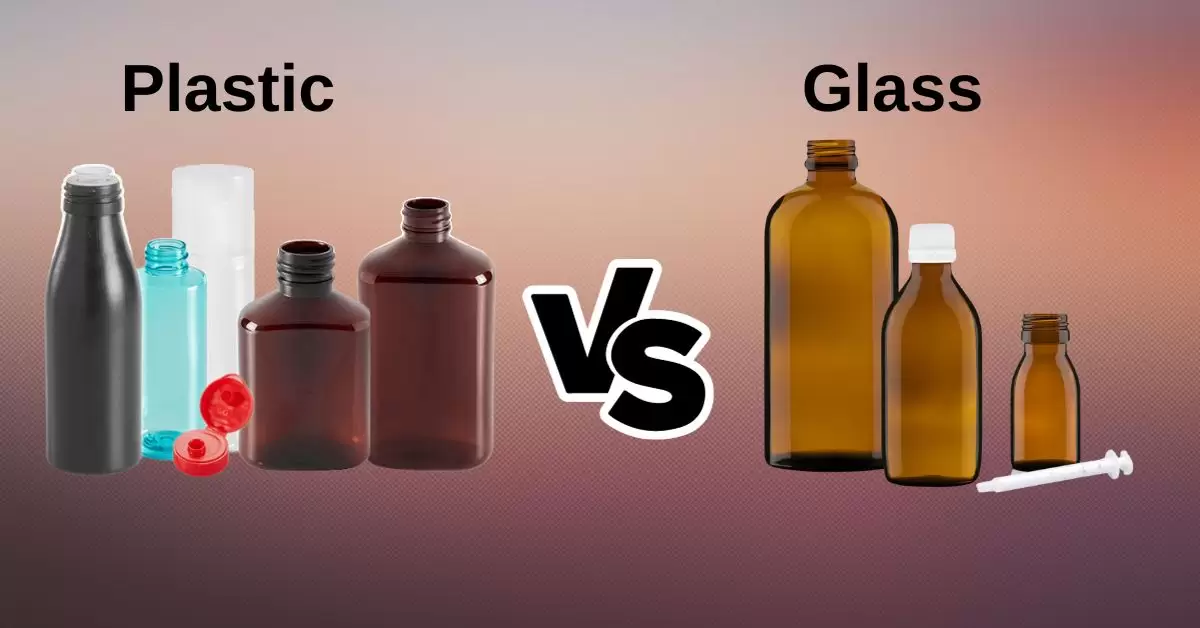
The pharmaceutical industry has seen a significant shift in packaging materials over the years, with plastic increasingly being favored over traditional glass. This transition is driven by the numerous benefits that plastic materials offer, both in terms of functionality and efficiency. This article explores the advantages of using plastic materials for medicine bottles over glass, highlighting the advancements in pharmaceutical packaging.
Durability and Safety
1. Reduced Breakage
The resistance of plastic bottles to breakage stands as a key advantage over glass. This durability is a result of several factors:
- Material Flexibility: Plastics have a natural flexibility that allows them to absorb impacts without breaking. This resilience is crucial in preventing breakage during transportation, handling, and accidental drops.
- Technological Advancements in Plastic Manufacturing: Modern plastics are engineered to be even more robust and resistant to stress. Techniques like blow molding and injection molding have resulted in plastics that can withstand significant pressure and harsh conditions.
- Consistency in Quality: Unlike glass, which can have inconsistencies that lead to weak points, weight and dimensions variations, plastic bottles can be manufactured with uniform strength and thickness, reducing the likelihood of breakage and are generally more accurate than glass.
2. Safety Concerns
Plastic bottles significantly mitigate safety risks associated with glass in medical environments:
- Eliminating Glass Shards: In healthcare settings, the presence of glass shards from broken bottles can be a serious hazard, posing risks of cuts and contamination. Plastic bottles eliminate this risk, ensuring a safer environment for healthcare staff and patients.
- Enhanced Protection for Medications: Beyond personal safety, the durability of plastic also protects the medication itself. In cases where glass containers might break and compromise the contents, plastic bottles remain intact, safeguarding the medication’s purity and effectiveness.
- Safety in Various Environments: The resilience of plastic makes it suitable for a wide range of environments, including hospitals, clinics, and home care settings, where the risk of dropping or mishandling bottles is higher.
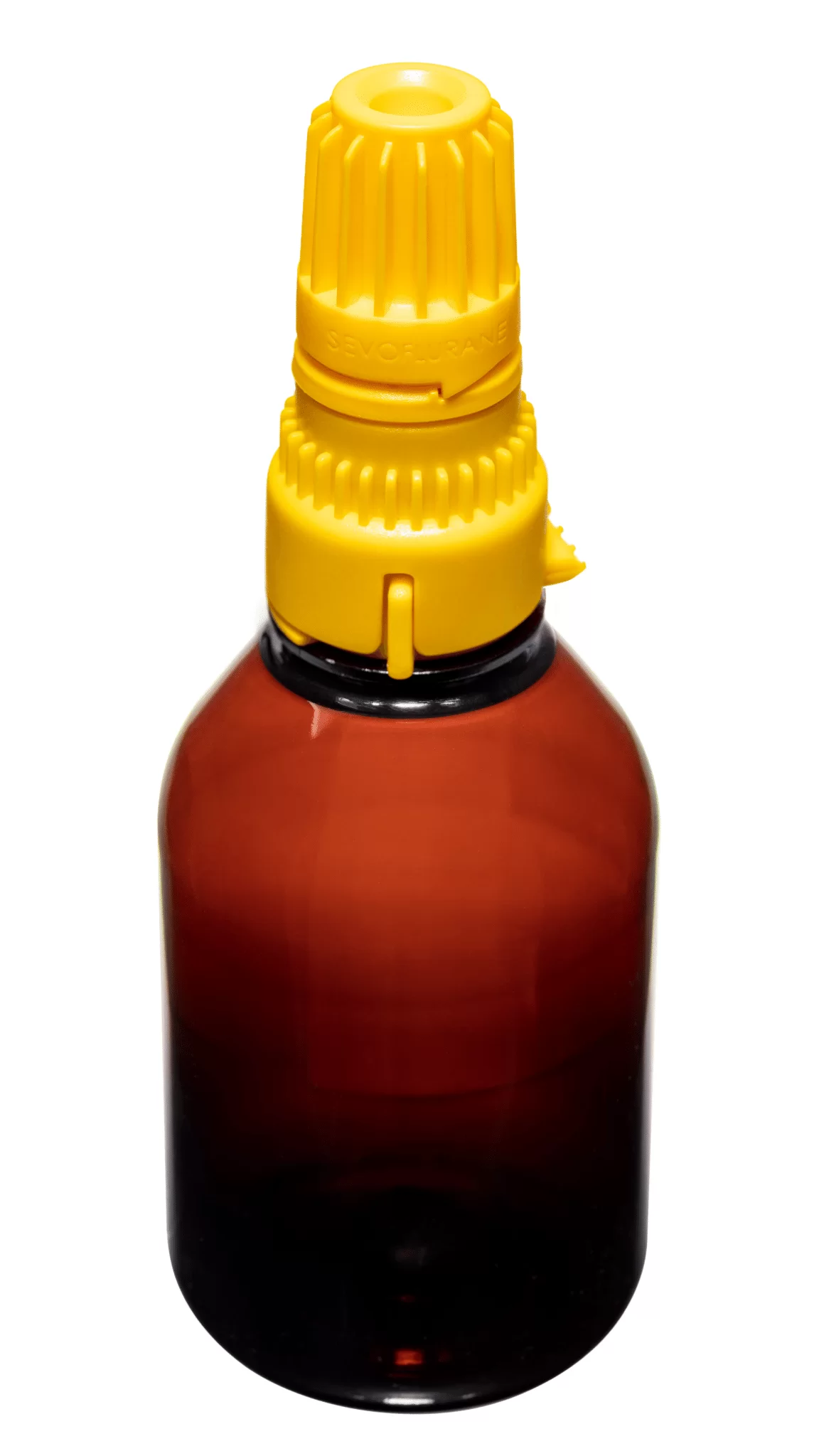
SEVOFLURANE Bottle By Gilpack
Transportation and Handling
The benefits of plastic bottles extend beyond their manufacture to transportation and handling:
- Lightweight Nature: The light weight of plastic bottles drastically reduces transportation costs. Lighter loads mean more bottles can be transported at once, and the fuel costs associated with transportation are lower.
- Enhanced Storage Efficiency: The reduced weight and size of plastic bottles allow for more efficient use of storage space, both in transportation vehicles and in storage facilities. This efficiency is crucial for pharmacies and healthcare facilities where space can be at a premium.
- Improved Handling Safety: The lightweight and durable nature of plastic bottles make them safer and easier to handle, reducing the risk of workplace injuries associated with lifting and moving heavy glass containers.
- Lower Damage Rates During Transit: The resilience of plastic bottles translates to fewer damages and product losses during transit. This reliability ensures that a higher percentage of shipped products reach their destination in saleable condition, further reducing costs.
Design Flexibility and Customization
1. Versatile Shapes and Sizes
Plastic’s adaptability in design is a significant advantage over glass:
- Molding Capabilities: Plastic can be easily molded into a wide array of shapes and sizes, accommodating diverse pharmaceutical needs. This versatility allows for the creation of unique bottle designs that can better fit specific pills, liquids, or powders.
- Tailored to Medication Requirements: Different medications may have specific storage or dispensing requirements. Plastic’s versatility enables the production of bottles with built-in features like droppers, squeezable sides, or specific opening mechanisms that facilitate easier dispensing.
- Aesthetic and Functional Design: Beyond practicality, the design of plastic bottles can be tailored for aesthetic appeal, with sleek contours and ergonomic shapes that enhance user experience.
2. Customization Options
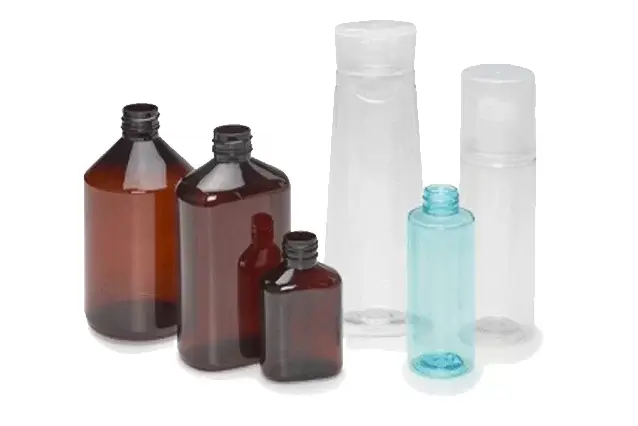
Gilpack | pet pharmaceutical bottles
The ability to customize plastic bottles offers significant advantages:
- Color Variations: Plastic bottles can be produced in a variety of colors, aiding in the categorization of medications and enhancing brand recognition. Colored plastics can also protect light-sensitive contents from UV damage.
- Labeling and Branding: Plastic surfaces are conducive to various labeling techniques, from simple adhesive labels to sophisticated in-mold labeling. This flexibility allows for high-quality, durable branding that doesn’t easily wear off or tear, as can be the case with glass bottles.
- Material Innovations: Recent innovations in plastic materials include the development of biodegradable plastics and plastics with enhanced barrier properties, allowing for customization not just in appearance but in functionality as well.
- Enhanced User Experience: Custom features like child-resistant caps, easy-open lids, and tactile surfaces for the visually impaired can be seamlessly integrated into the plastic bottle design, significantly enhancing user experience and safety.
Environmental Considerations
1. Recycling and Reusability
Plastic’s potential for recycling and reusability offers a path towards more sustainable pharmaceutical packaging:
- Improved Recycling Processes: Advances in recycling technologies have made it easier and more efficient to recycle plastic bottles. This reduces the volume of new material needed and minimizes waste.
- Circular Economy Contribution: The use of recyclable plastics in pharmaceutical packaging aligns with the principles of a circular economy. This approach emphasizes reusing materials to minimize waste and reduce the environmental impact.
- Biodegradable Options: The development of biodegradable plastics marks a significant step in reducing the environmental footprint of pharmaceutical packaging. These materials decompose more quickly than traditional plastics, lessening their impact on landfills and ecosystems.
2. Lower Carbon Footprint
The environmental impact of packaging materials extends beyond waste management:
- Energy Efficiency in Production: The production of plastic bottles generally consumes less energy compared to glass, which requires higher temperatures to mold and shape. This results in a lower overall carbon footprint for plastic bottle manufacturing.
- Transportation Benefits: Due to their lighter weight, plastic bottles reduce fuel consumption and greenhouse gas emissions during transportation compared to heavier glass bottles.
- Lifecycle Analysis: Lifecycle assessments of plastic bottles often show a lower environmental impact over their entire lifespan, from production to disposal, compared to glass bottles.
3. Innovations in Sustainable Materials
The pharmaceutical industry is actively exploring innovative materials that are more environmentally friendly:
- Use of Post-Consumer Recycled (PCR) Plastics: Incorporating PCR plastics in bottle manufacturing not only reduces waste but also lessens the demand for virgin plastic materials.
- Development of Plant-Based Plastics: Research into plant-based plastics, which are derived from renewable resources like corn starch, is paving the way for more sustainable packaging solutions.
- Enhancing Biodegradability: Ongoing research is focused on enhancing the biodegradability of plastics, aiming to develop materials that break down more efficiently without leaving harmful residues.
Barrier Properties and Product Preservation
1. Protecting Sensitive Medications
Plastic materials offer barrier properties that are crucial for the preservation of many medications and that are almost comparable to glass bottles:
- Enhanced Barrier against Contaminants: Certain plastic materials provide excellent barriers against moisture, oxygen, and other environmental contaminants. This is vital for medications sensitive to these elements, as exposure can lead to degradation or loss of efficacy.
- UV Protection: Some plastics can be treated or formulated to block UV light, which is essential for protecting light-sensitive medications. Unlike glass, which requires specific tinting to achieve similar protection, plastics can be easily modified to provide this barrier.
- Consistency in Barrier Quality: Advances in plastic manufacturing ensure uniformity in the barrier properties of each bottle, a level of consistency that can be challenging to achieve with glass. Moreover, Plastic bottles can be made of several layers (within the bottle wall) while one of the layers has a very high barrier. These multilayer bottles offer the same gas and moisture barrier as glass bottles, however, they have all the advantages of a plastic bottle (flexibility, light weight, etc).
2. Airtight Seals
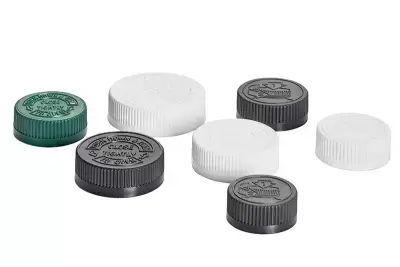
Child Resistant caps | Gilpack
Plastic bottles can be engineered to create airtight seals, offering further protection for pharmaceutical products:
- Precision in Closure Systems: Plastic bottles and caps can be designed to fit together with precision, ensuring an airtight seal that protects the contents from external air and contaminants.
- Customizable Sealing Mechanisms: The flexibility of plastic allows for the development of various sealing mechanisms, such as screw caps, flip tops, or dispensing caps, each providing a secure seal while also meeting the specific dispensing needs of different medications.
- Maintaining Potency over Time: Airtight seals are crucial for maintaining the potency and effectiveness of medications, particularly those with a longer shelf life.
3. Innovations in Plastic Formulations
Ongoing research and development in plastic materials are leading to enhanced product preservation capabilities:
- Development of Advanced Polymers: New polymer formulations are being developed to enhance the barrier properties of plastics. These advancements aim to provide even greater protection against moisture, oxygen, and chemical interactions.
- Tailoring to Specific Medication Needs: Plastic packaging can be tailored to the specific stability requirements of different medications, whether it’s controlling moisture levels, oxygen permeability, or resistance to certain chemicals.
- Combining Barrier Properties with Sustainability: The industry is striving to balance enhanced barrier properties with environmental sustainability, leading to the development of plastics that offer both high-performance protection and reduced environmental impact.
Conclusion
The shift from glass to plastic in pharmaceutical packaging represents a significant advancement in the industry. The benefits of plastic materials – including durability, cost-effectiveness, design flexibility, environmental sustainability, and superior barrier properties – make them an increasingly preferred choice for medicine bottles. As technology continues to evolve, we can expect further innovations in plastic materials, reinforcing their role in modern pharmaceutical packaging.

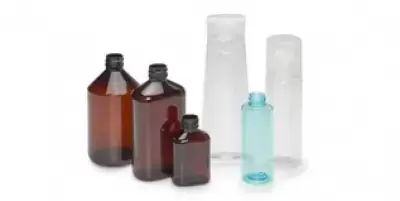 PET Bottles for Cosmetics
PET Bottles for Cosmetics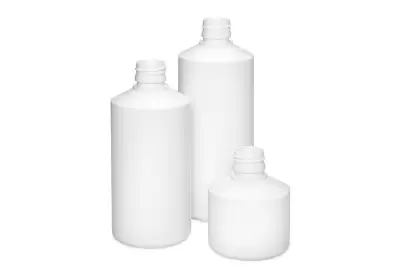 Medical Syrup Bottles
Medical Syrup Bottles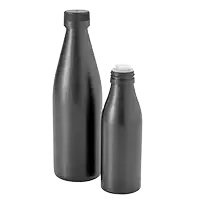 Spill Proof Bottles for Oil
Spill Proof Bottles for Oil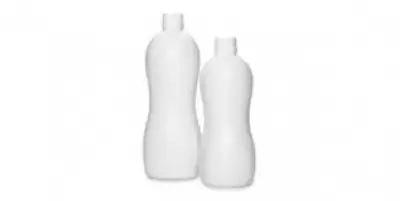 Bottles for pharma liquids
Bottles for pharma liquids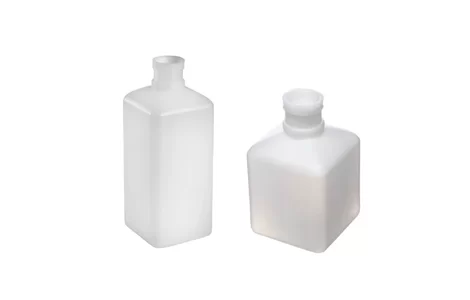 Square HDPE Bottles
Square HDPE Bottles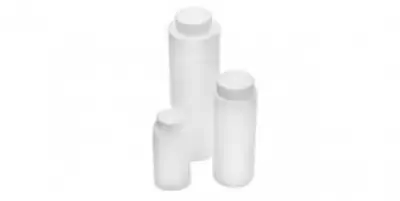 Powder Bottles
Powder Bottles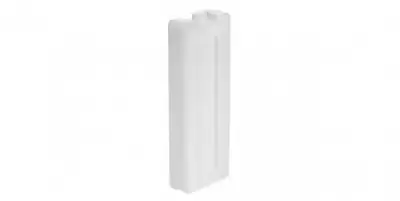 Ice Pack (Cooling Element)
Ice Pack (Cooling Element)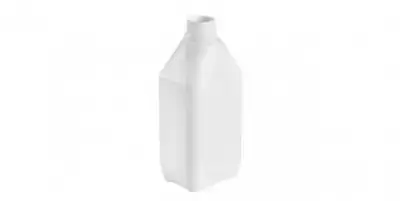 Rectangular Bottles
Rectangular Bottles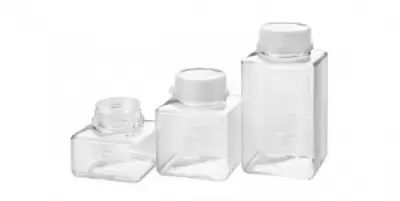 Water Sampling Bottles
Water Sampling Bottles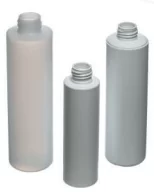 PE Bottles for Cosmetics
PE Bottles for Cosmetics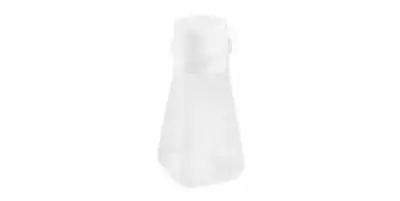 Drosophila Bottle
Drosophila Bottle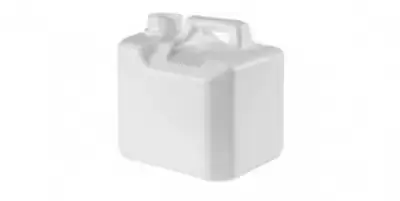 Plastic Jerry cans and carboys
Plastic Jerry cans and carboys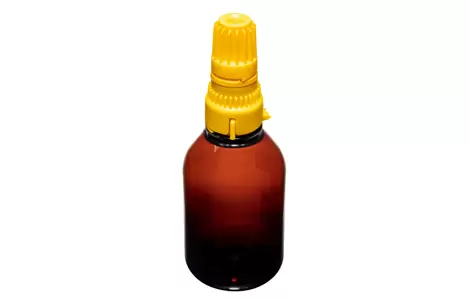 PEN BOTTLES & ADAPTORS FOR SEVOFLURAN
PEN BOTTLES & ADAPTORS FOR SEVOFLURAN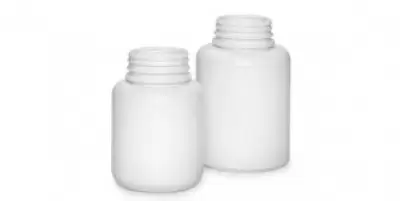 Food Supplement Jars
Food Supplement Jars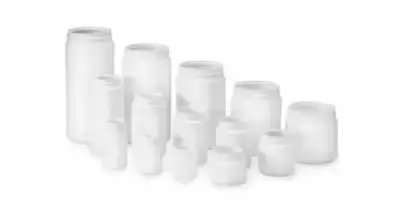 Cylindrical Jars with Hinged Lid
Cylindrical Jars with Hinged Lid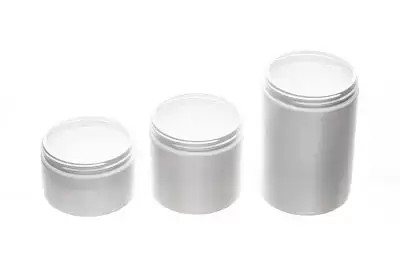 Cylindrical Jars with Screw Caps
Cylindrical Jars with Screw Caps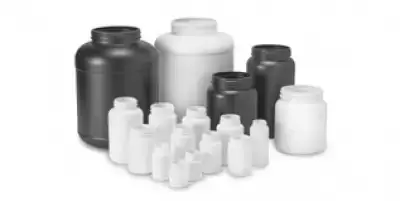 Wide Mouth Plastic Jars
Wide Mouth Plastic Jars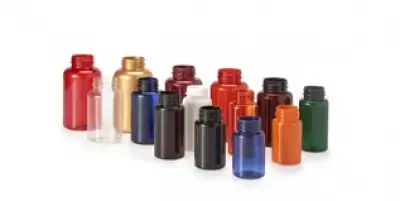 PET Pill Jars
PET Pill Jars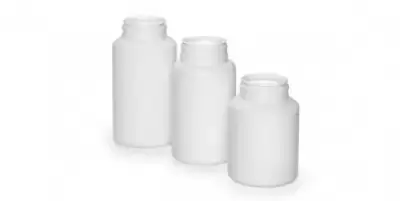 HDPE Packers with Hinged Lid
HDPE Packers with Hinged Lid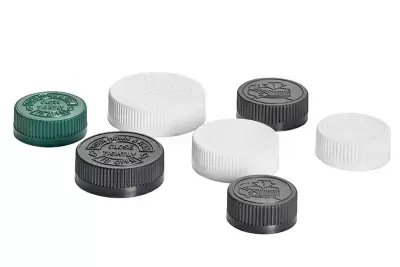 Child Resistant Closures (CRC)
Child Resistant Closures (CRC)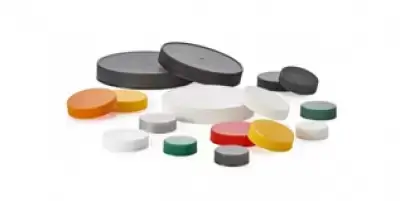 CT Plastic Screw Caps
CT Plastic Screw Caps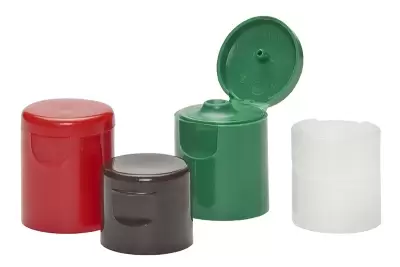 Disc Top and Flip Top Closures
Disc Top and Flip Top Closures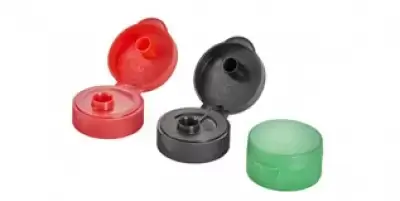 Flip Top Closures
Flip Top Closures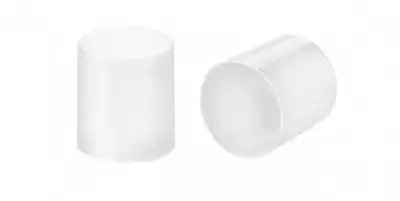 Over cap for Cosmetic Bottles
Over cap for Cosmetic Bottles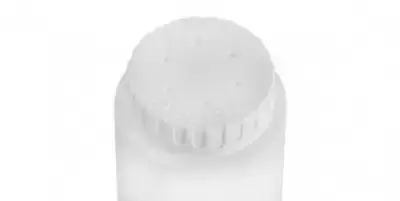 Powder Dispensing Cap
Powder Dispensing Cap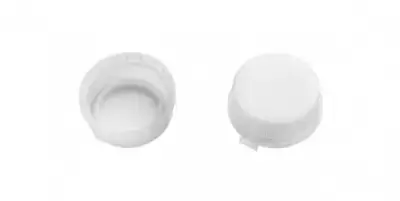 Cap for Water Sampling Bottles
Cap for Water Sampling Bottles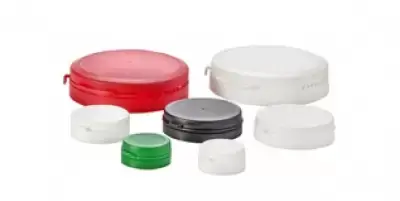 Tamper Evident Hinged Caps
Tamper Evident Hinged Caps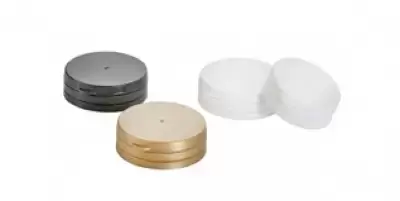 Hinged Caps with Liner
Hinged Caps with Liner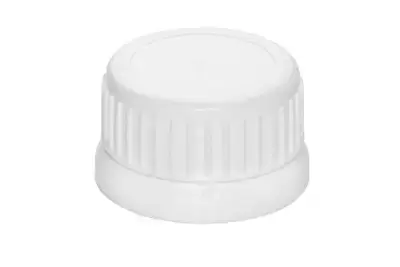 Tamper Evident Screw Cap, 38mm
Tamper Evident Screw Cap, 38mm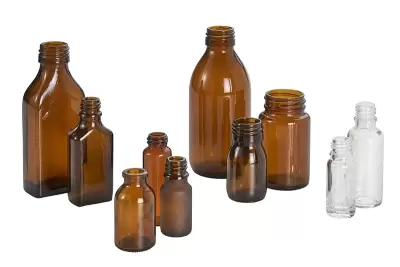 Pharma Glass Bottles & Jars
Pharma Glass Bottles & Jars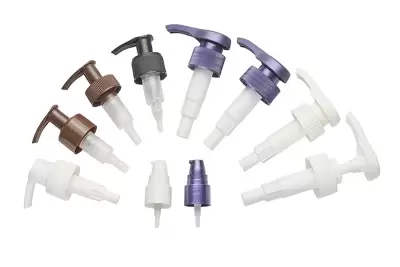 Pharma Lotion Pumps
Pharma Lotion Pumps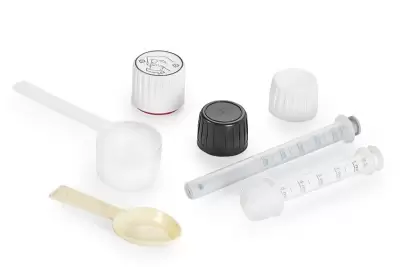 Measuring Cups & Spoons
Measuring Cups & Spoons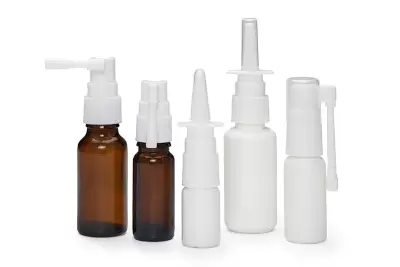 Pharmaceutical Sprayer Pumps
Pharmaceutical Sprayer Pumps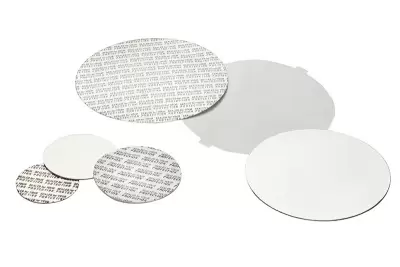 Cap Liners
Cap Liners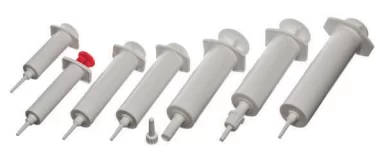 Syringes
Syringes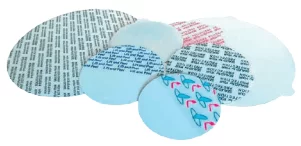 Liners
Liners





